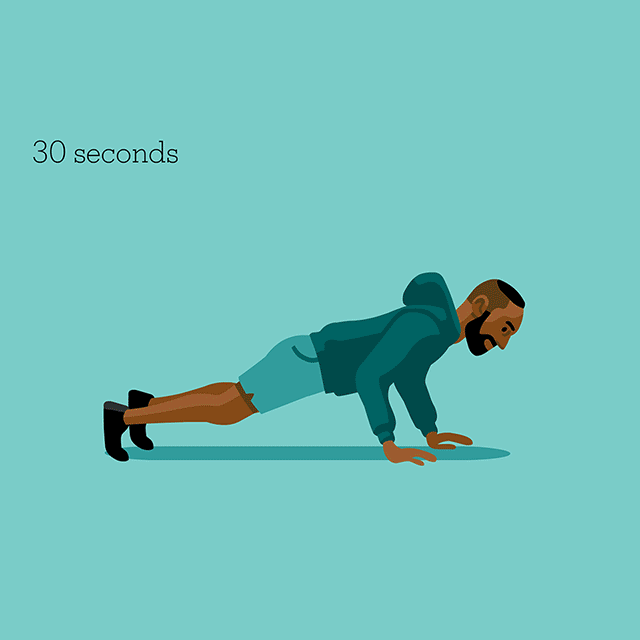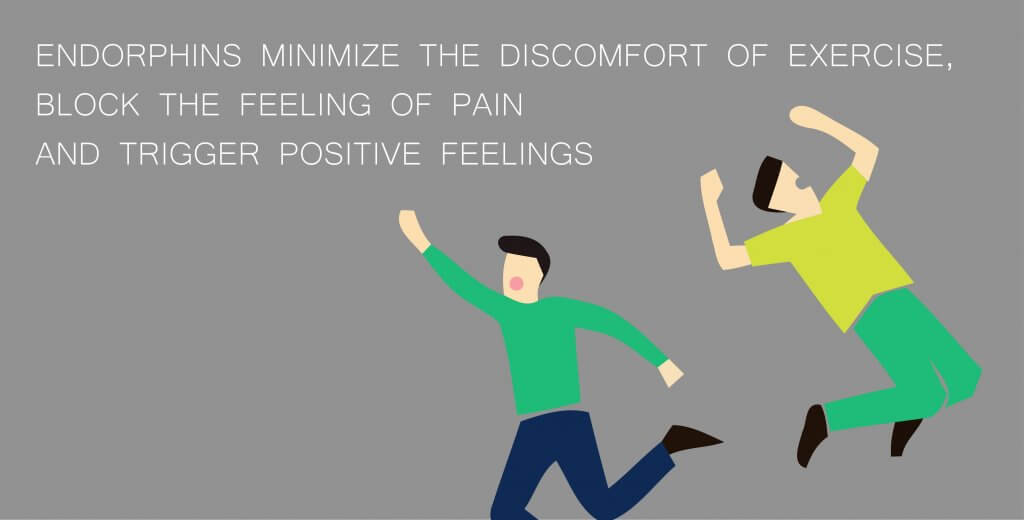
A circuits class combines strength training and cardio activities. These classes are short and intense, with participants able to work at their own speed. To test the classes, GO Gateshead members can sign up to a free trial class. You can purchase classes individually if your membership is not available. The GO Gateshead combines the best aspects of both fitness and health with its classes.
Circuit training is great for all fitness levels. Circuit training is designed to be accessible to all abilities so that you can go at your own pace. As you get fitter, the intensity of the circuits increases. You can adjust how long you spend at each station depending on your fitness level and goals. A trainer will be there to help you through the exercises. You should wear comfortable exercise clothing and sneakers.

A circuit class usually contains eight to ten activities and the length of each class will vary depending on the goals. The circuits are usually completed three to five more times. Your goals, mobility, experience, and level of fitness will dictate the type of circuits you do. While a professional soccer player needs a lot of speed and agility, a beginner may need a good cardiovascular workout. It is important to find the class that best suits your needs.
A class in integrated circuits is a great introduction to many different types of fitness. A circuit can help you achieve your fitness goals quickly. These classes can help you lose weight, get fit, build muscle, tone up, and improve general conditioning. A circuit training class will help you achieve your physical and psychological goals. They are great for improving your overall health.
Circuits combine high intensity exercise with group exercise. It is a great way to lose weight and build stamina. It is a great way to lose weight and build stamina. You can select the level of exercise that you prefer and have a circuits course designed specifically for you. In circuits classes, you'll learn both basic circuits and advanced techniques.

Circuits classes suit all fitness levels. Circuits classes are great for building muscle mass and toning existing muscles. A personal trainer can help you customize your workouts to suit your goals and individual needs. This type workout is great for people who don't like exercise alone, feel tired easily or have limited space. They can also increase their stamina and heart rate, which can be beneficial for their overall health.
FAQ
What's the difference between a virus & a bacterium?
A virus can be described as a microscopic organism that cannot reproduce in another cell. A bacterium is an organism that splits itself in two. Viruses can be as small as 20 nanometers, while bacteria can grow up to 1 micron.
Viruses are often spread through contact of infected bodily fluids like saliva, urine or semen. Bacteria can easily be spread from direct contact to contaminated surfaces and objects.
Viral infections can also be introduced to our bodies by a variety of cuts, scrapes or bites. They may also enter through the nose, mouth, eyes, ears, vagina, rectum , or anus.
Bacteria can be introduced to our bodies by cuts, scrapes or burns. They can also be introduced to our bodies by food, water and soil.
Both bacteria and viruses can cause illness. But viruses can't multiply within their hosts. They can only infect living cells and cause illness.
Bacteria can multiply within their hosts and cause illness. They can invade other areas of the body. To kill them, we must use antibiotics.
Increase immunity with herbs or supplements
Herbs and natural remedies can be used to boost immune function. Some common examples include garlic, ginger, oregano oil, echinacea, ginkgo biloba, and vitamin C.
However, these herbal remedies should not replace conventional medical treatment. Side effects include nausea, diarrhea and stomach cramps, headaches and dizziness.
Here are five ways to lead a healthy lifestyle.
Living a healthy lifestyle includes eating right, exercising regularly, getting enough sleep, managing stress, and having fun! Avoiding sugar and processed foods is key to eating well. Exercise strengthens your muscles and helps you lose calories. Sleeping well improves concentration and memory. Stress management is a way to reduce anxiety levels and depression. Fun is the key to keeping us healthy and happy.
How can I live a life that is full of joy every day?
Find out what makes YOU happy. This is the first step in living a life that you love. Once you've identified what makes your happy, you can start to work backwards. You can also ask others how they live their best lives everyday.
You can also read books by Wayne Dyer, such as "How to Live Your Best Life". He speaks about happiness and fulfillment in all areas of life.
Exercise: Good and bad for immunity?
Exercise is good to your immune system. Exercise increases white blood cell production, which helps fight off infection. You can also eliminate toxins from the body. Exercise can prevent diseases such as cancer and heart disease. It reduces stress.
However, exercising too much can weaken your immune system. You can cause muscle soreness by working out too hard. This can cause inflammation and swelling. Your body will then produce more antibodies in order to fight infections. These extra antibodies can lead to allergies or autoimmune disorders.
So, don't overdo it!
Do I need calories to count?
You might wonder, "What's the best diet for me?" or "is counting calories necessary?" The answer to this question depends on many factors, including your current health, your personal goals and preferences, as well as your overall lifestyle.
The Best Diet For Me - Which One Is Right For You?
The best diet depends on me, my health, my goals, my preferences and my overall lifestyle. There are many different diets, some good and some not so good. Some diets work for some people, while others are not. So what do I do? What can I do to make the right decision?
This article aims at answering these questions. It starts with a brief introduction of the different types of diets available today. After that, you will learn about the pros and disadvantages of each type. We'll then discuss how to choose which one is best for you.
Let's start by taking a look at the various types of diets.
Diet Types
There are three main types of diets: low fat, high protein, and ketogenic. Let's talk about them briefly.
Low Fat Diets
A low-fat diet is one that limits the intake of fats. This is done by reducing your intake of saturated oils (butter, cream cheeses, etc.). It is possible to replace these saturated fats with unsaturated ones (olive oil or avocados). Low fat diets are often recommended to those who wish to lose weight quickly. This diet can cause constipation, heartburn, and stomach problems. It can also lead to vitamin deficiencies, if someone doesn't get enough vitamins in their food.
High Protein Diets
High protein diets discourage carbohydrates and encourage the use of proteins. These diets are more protein-rich than others. These diets can help increase muscle mass and decrease calories. One problem is that they might not be sufficient to provide regular nutrition. They are also very restrictive, so they might not be appropriate for everyone.
Ketogenic Diets
Also known as keto diets, ketogenic diets are also called keto diets. They are high in fat, moderately high in protein and low in carbohydrates. They are typically used by athletes and bodybuilders because they allow them to train harder and longer without getting tired. You must adhere to all side effects, including fatigue, headaches, nausea and headaches.
Statistics
- This article received 11 testimonials and 86% of readers who voted found it helpful, earning it our reader-approved status. (wikihow.com)
- WHO recommends consuming less than 5% of total energy intake for additional health benefits. (who.int)
- Extra virgin olive oil may benefit heart health, as people who consume it have a lower risk for dying from heart attacks and strokes according to some evidence (57Trusted Source (healthline.com)
- WHO recommends reducing saturated fats to less than 10% of total energy intake; reducing trans-fats to less than 1% of total energy intake; and replacing both saturated fats and trans-fats to unsaturated fats. (who.int)
External Links
How To
How to stay motivated and stick to healthy eating habits and exercise
Here are some motivational tips to stay healthy
Motivational Tips to Stay Healthy
-
Make a list with your goals
-
Realistic goals
-
Be consistent
-
Reward yourself when your goal is achieved
-
Don't give up if you fail at first
-
Have fun